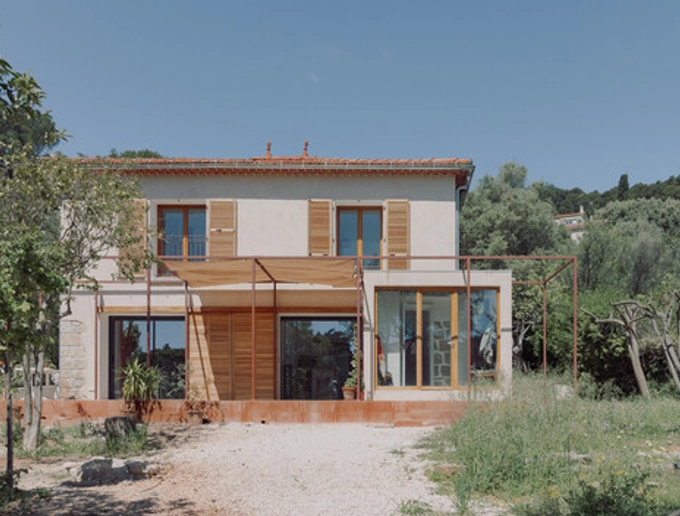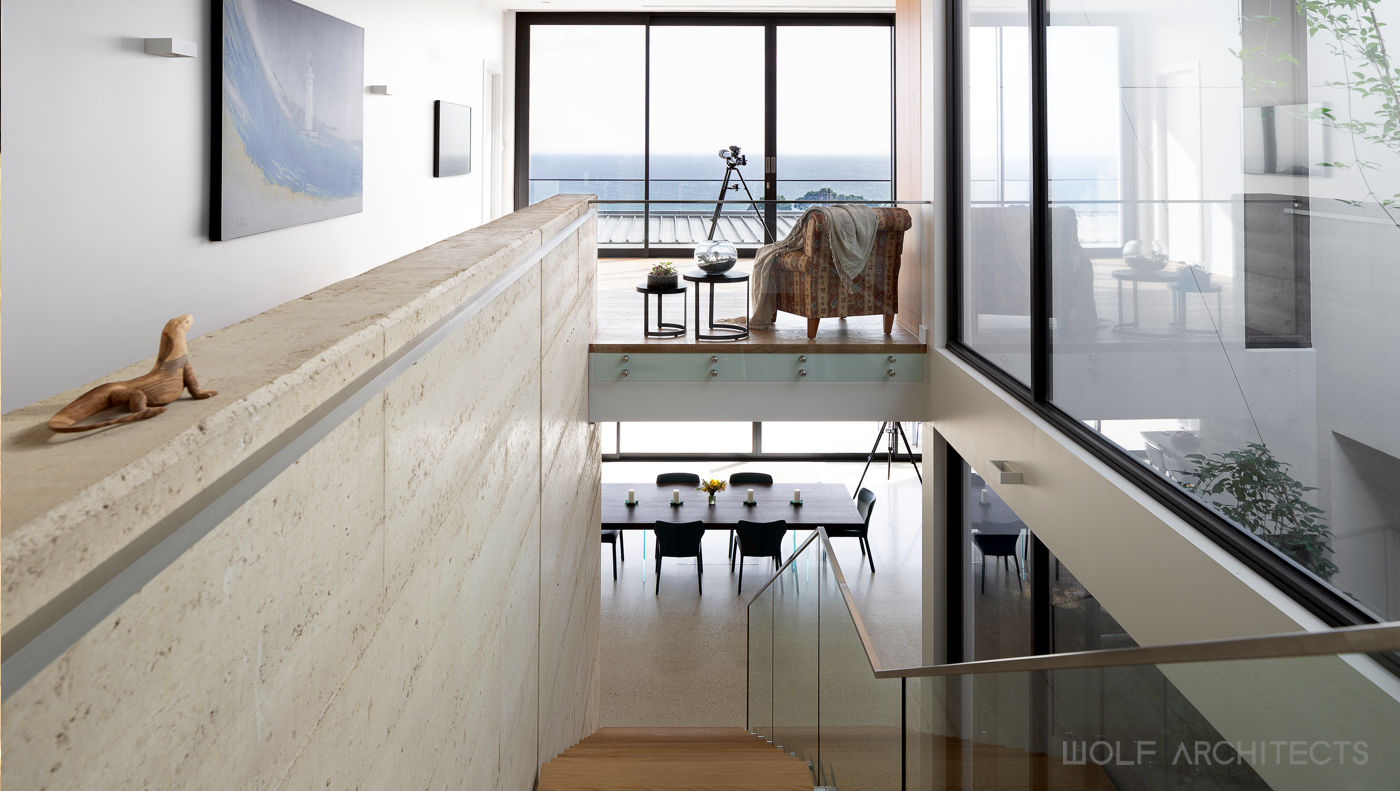Residential Interior Architect: Specialized Design Services for Beautiful Living Spaces
Residential Interior Architect: Specialized Design Services for Beautiful Living Spaces
Blog Article
Top Trends in Residential Style You Ought To Know About
As household architecture remains to develop, numerous compelling patterns are forming the way we make and occupy our living rooms. Secret growths such as sustainable structure practices, the assimilation of clever home technology, and the increase of modular homes underscore a substantial shift towards both capability and environmental obligation. Furthermore, principles like open plan living and biophilic style are redefining our communication with space and nature. Comprehending these fads not just informs style selections but likewise exposes more comprehensive implications for way of life and area - residential house architect. What might these technologies imply for the future of property living?
Sustainable Structure Practices
An enhancing number of domestic jobs are embracing sustainable building practices, driven by a growing recognition of environmental effect and power effectiveness. This shift is defined by the integration of environment-friendly products, energy-efficient styles, and ingenious building methods. Home builders and house owners are progressively prioritizing making use of renewable energies, such as bamboo and recycled metals, which not just minimize the carbon footprint but also enhance the sturdiness and visual charm of residential properties.
Including energy-efficient systems is an additional important element of sustainable structure - residential house architect. Features such as high-performance insulation, energy-efficient home windows, and photovoltaic panels are ending up being criterion in brand-new domestic designs. These elements not only add to lower energy consumption but also provide substantial lasting cost savings for house owners
Furthermore, the format of sustainable homes commonly highlights natural light and air flow, minimizing the dependence on artificial lighting and climate control systems. Landscaping practices, such as xeriscaping, further advertise sustainability by reducing water usage.
As the demand for lasting living services proceeds to climb, the household design industry is poised to adjust and introduce, making sure that future homes are not only environmentally accountable yet practical and likewise comfortable for their owners. - residential house architect
Smart Home Technology
Smart home technology is reinventing the way home owners interact with their space, boosting power, protection, and comfort administration. This ingenious strategy incorporates various devices and systems, permitting users to control their homes remotely or through automated processes. Central to this fad is using smart devices such as thermostats, lights, protection video cameras, and home appliances, all linked by means of the Web of Things (IoT)
Among one of the most appealing features of clever home technology is the capability to personalize settings for optimum energy performance. Property owners can check energy use and change lights, heating, and air conditioning based on their regimens, substantially minimizing energy prices. Innovative safety and security systems furnished with smart locks and surveillance cameras give peace of mind, making it possible for remote monitoring and alerts to potential safety breaches.
Combination with voice-activated aides improves customer experience, enabling home owners to manage devices with simple voice commands. As technology continues to evolve, the capacity for wise home systems to boost top quality of life expands, making them a necessary factor to consider in modern residential design. Ultimately, wise home modern technology is not just a fad however a fundamental shift towards a lot more intelligent living environments.
Open Concept Living
Open idea living has become a specifying attribute in modern residential design, identified by the removal of traditional barriers between rooms. This design philosophy promotes fluidness description and connectivity within the home, enabling a smooth change between areas such as the kitchen area, dining, and living rooms. By removing dividers and walls, open idea designs develop a sense of spaciousness, promoting a welcoming atmosphere that enhances social communication.

Furthermore, this method to household design straightens with minimalism, focusing on practical simpleness and aesthetic coherence. Homeowners value the flexibility of these formats, which can be quickly adjusted to mirror personal design via furniture arrangement and design. As open idea living remains to get traction, it stays a testimony to developing family members dynamics and the desire for homes that improve link and convenience.
Biophilic Style
Biophilic layout has actually ended up being progressively considerable in domestic architecture, stressing the intrinsic link in between people and nature. This style ideology seeks to integrate natural environments into living rooms, thus fostering a feeling of well-being and improving the quality of life for owners. By incorporating features such as all-natural light, plant life, and organic products, biophilic design promotes an unified relationship between interior settings and the environment.
Key components of biophilic layout consist of large home windows that provide unhampered views of outdoor landscapes, living wall surfaces that introduce greenery into interiors, and open flooring strategies that encourage air flow and all-natural light penetration. Water features, Learn More Here both inside and outside the home, serve to produce soothing atmospheres and boost sensory experiences.
In addition, the usage of sustainable materials not just sustains environmental stewardship but additionally adds to much healthier interior air quality. As understanding of environmental issues increases, property owners are increasingly focusing on styles that reflect their connection to nature. Fundamentally, biophilic style not only boosts visual charm but additionally addresses psychological and mental needs, making it an essential fad in modern residential design.
Modular and Prefab Residences

In addition, prefab and modular homes are designed with sustainability in mind. Many makers utilize environment-friendly materials and energy-efficient systems, such as photovoltaic panels and advanced insulation methods, adding to lowered energy consumption and lower utility costs for homeowners. The flexibility of layout choices permits personalization, dealing with diverse functional requirements and aesthetic preferences.
As the demand for cost effective real estate remains to rise, prefab and modular homes offer a viable solution, resolving both economic and environmental challenges. Areas are increasingly acknowledging the capacity of these structures, integrating them into country and urban settings. Generally, the trend towards modular and prefab homes signifies a change towards a lot more lasting, efficient, and adaptable living atmospheres, making them a critical aspect of contemporary property architecture.
Verdict
To conclude, the developing landscape of household architecture showcases considerable trends that focus on modern technology, wellness, and sustainability. Sustainable building techniques and clever home technologies enhance effectiveness and benefit, while open concept living and biophilic layout foster social communication and a connection to nature. Furthermore, the rise of prefab and modular homes supplies adjustable and affordable services, mirroring a broader change in the direction of functional and accountable living. These fads jointly highlight a commitment to producing harmonious and ingenious property atmospheres.
Secret growths such as sustainable building methods, the combination of smart home technology, and the rise of modular homes underscore a substantial shift in the direction of both functionality and ecological responsibility.The surge of prefab and modular homes has changed the domestic architecture landscape, providing innovative options for efficient and lasting living.Additionally, prefab and modular homes are created with sustainability in mind. Generally, the trend towards prefab and modular homes indicates a shift towards much more lasting, reliable, and versatile living environments, making them a critical aspect of modern residential architecture.
Sustainable building techniques image source and wise home modern technologies improve efficiency and ease, while open idea living and biophilic layout foster social communication and a connection to nature.
Report this page